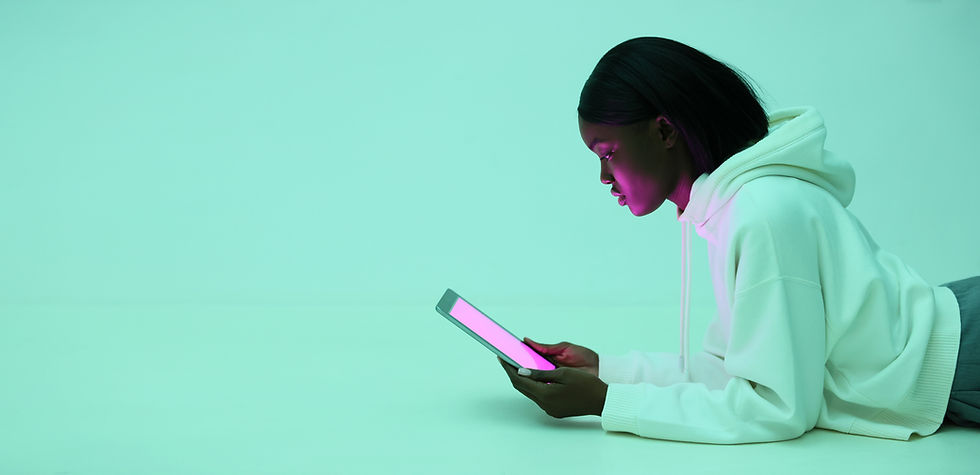Sweepstakes or Contests: the million dollar question?
- Sreeram Sivaramakrishnan

- Jun 29, 2022
- 3 min read
Contests and sweepstakes are commonly used by marketers due to their ability to build awareness and cost-efficiency. New research demonstrates that sweepstakes are more effective than contests in encouraging more consumption as customers feel more confident about winning in sweepstakes. Therefore, marketers can use more sweepstakes-based promotions and modify contest-based promotions to increase customer confidence in winning to increase consumption amount and frequency.

Britannia Khao World Cup Jao was one of the many successful sweepstakes campaigns in

India. Lotteries and sweepstakes have always been popular in several states in India (and banned in a few). Marketers are torn between using contests (that employ skill or knowledge) or luck-based promotions (sweepstakes or scratch cards) across various consumption scenarios. All these types of promotions are also called uncertain promotions to distinguish them from certain promotions like discounts or free goods.
Marketers tend to choose them because of the obvious cost advantage of chance to win a

reward versus a certain reward. Existing research offers contradictory results regarding the impact of uncertain promotions. It also focuses on whether customers prefer certain or uncertain rewards and under what circumstances can promotions with uncertain rewards work well. Therefore, a study tries to answer the question: How does the uncertainty type of promotions affect consumption behaviour?
The study looked at two types of uncertain promotions: contests and sweepstakes. Contests

refer to promotional activities where only the winners get rewarded, and their identities are uncertain until the last minute. For example, a contest could reward three buyers among all who submit slogans. Sweepstakes refer to a lottery-based promotion where all customers that meet specific criteria are eligible to win, and the winner is decided wholly based on chance. For example, a firm could draw lots to reward a single buyer from among all customers who give feedback.
The study found that uncertain promotions can lead to greater consumption. The introduction of more promotions involving uncertainty by the company observed in the

research led to an increase in both consumption amount and frequency of consumption. This finding suggests that uncertain promotions can work better than certain promotions as they arouse buyers’ curiosity and positive feelings. For example, a certain reward of ₹ 50 might seem less appealing than an uncertain reward of ₹ 100 as buyers are excited and optimistic about the possibility of winning a bigger prize.
Moreover, sweepstakes got a better response from buyers compared to contests. This held true even when the cost for both types of uncertain promotions was the same for the buyers.

For instance, if customers have to spend ₹ 1000 to be eligible for a contest-based promotion (say, the maximum number of likes on social media for a selfie with the product but only on spending a minimum of ₹ 1000) and also for a sweepstakes-based promotion (say, buying products worth ₹ 1000), they will still prefer to purchase the products that are attached to the sweepstakes-based promotion.
Their study suggests that this advantage of sweepstakes over contests could result from

consumer perception of confidence. Buyers perceive their chances of winning the reward as higher in sweepstakes than in contests because winning in sweepstakes depends on the external factor of luck, whereas winning in contests depends on the internal factor of skill. Customers feel more confident about their luck than their skills, so they prefer sweepstakes over contests.
The study has interesting implications for marketers. Because sweepstakes are more

effective in increasing customer participation and spending, marketers can adopt more sweepstakes-based promotions for acquiring and retaining buyers. Also, since customers’ perceived confidence levels affect their participation, marketers can ensure that the promotions have in-built confidence boosters, especially for contests. For example, making the threshold for winning easy (e.g., answering a question like “How many sides does a square have?”) can encourage buyer participation.
While this study was conducted in China and focused on the financial sector, its findings can

be extrapolated to other sectors and the Indian market as well. Thus, Indian marketers can use the study’s conclusions on uncertain promotions to improve the consumption volume and frequency of consumption of their products as well.






Comments